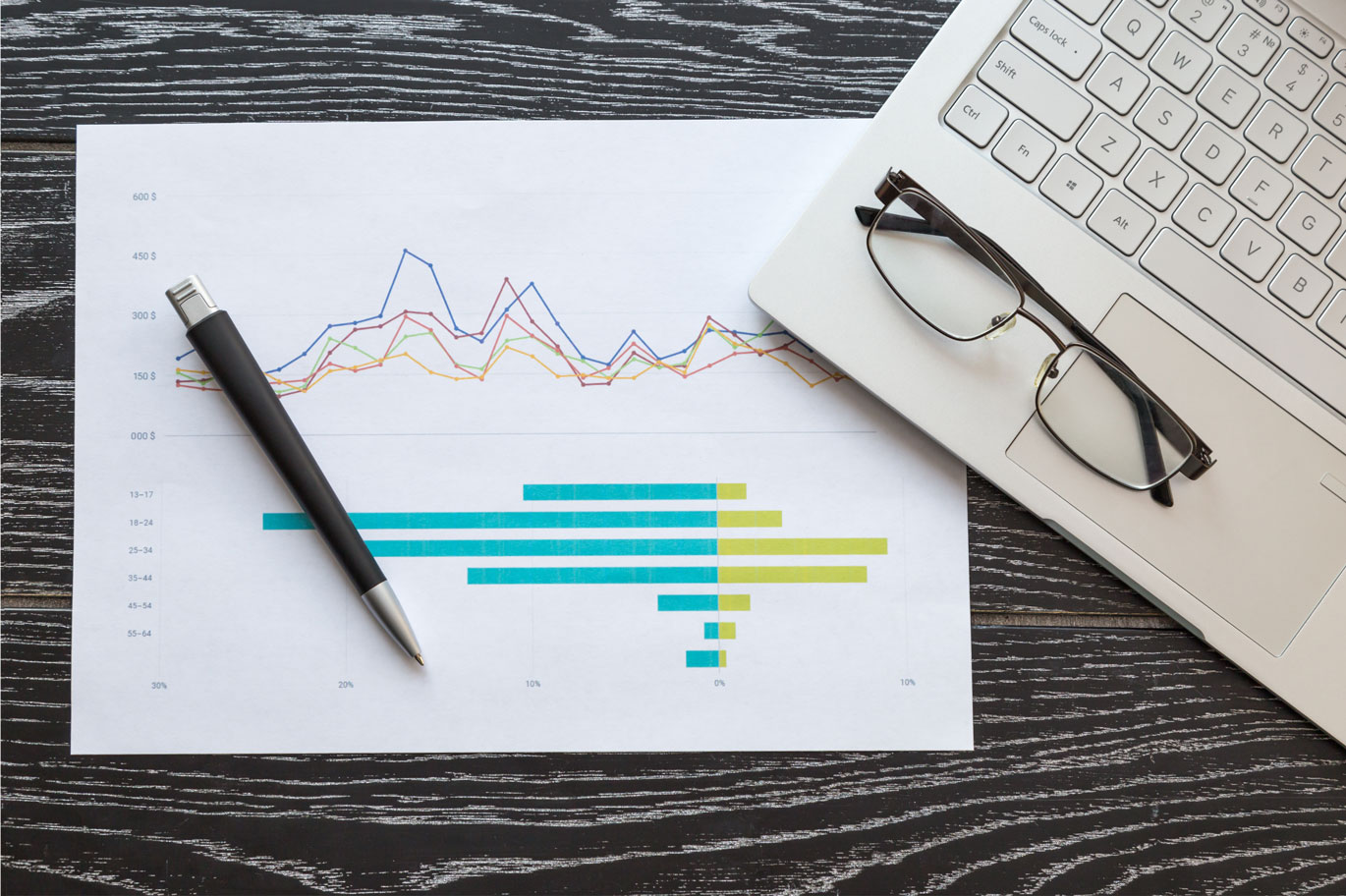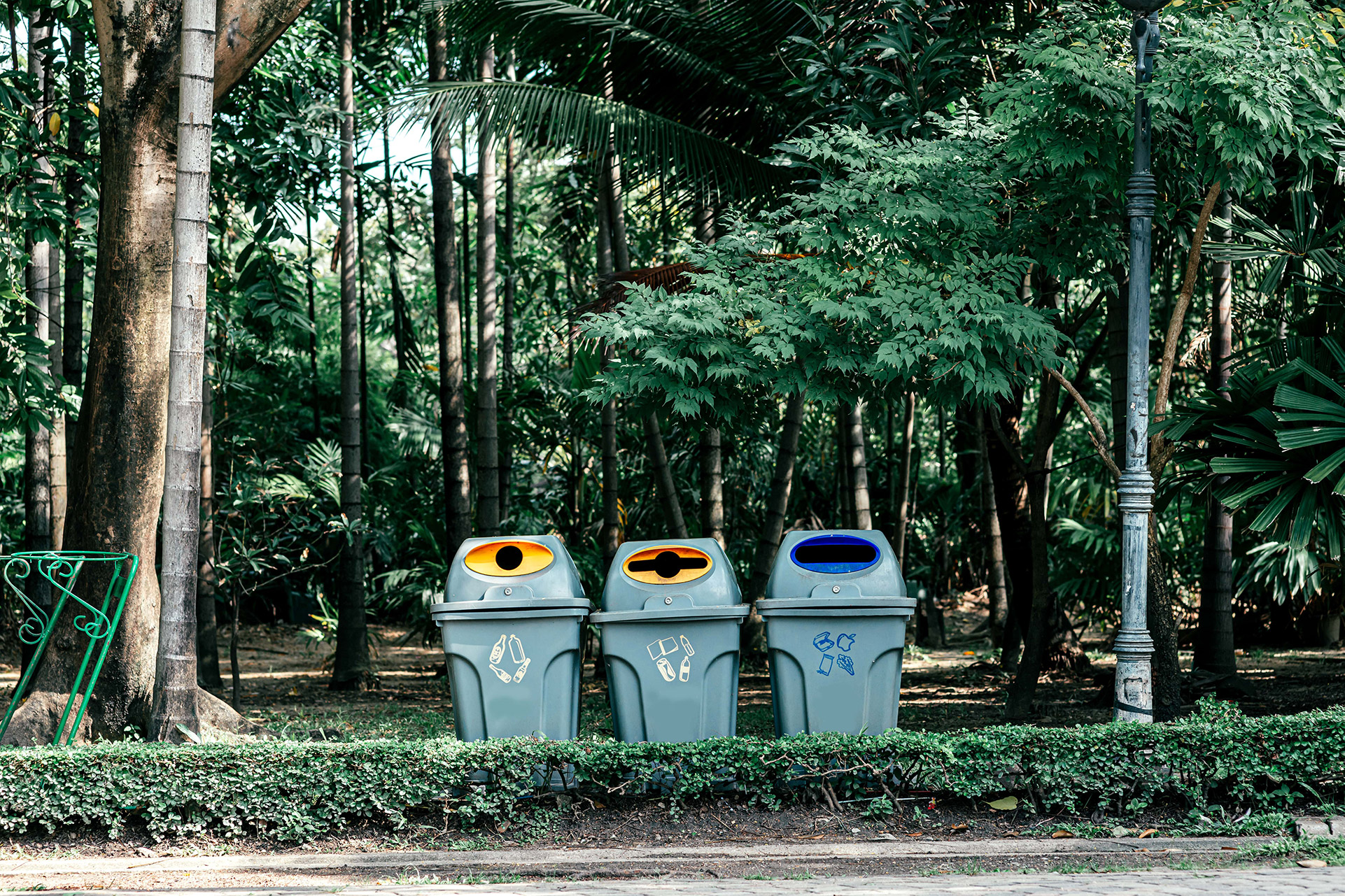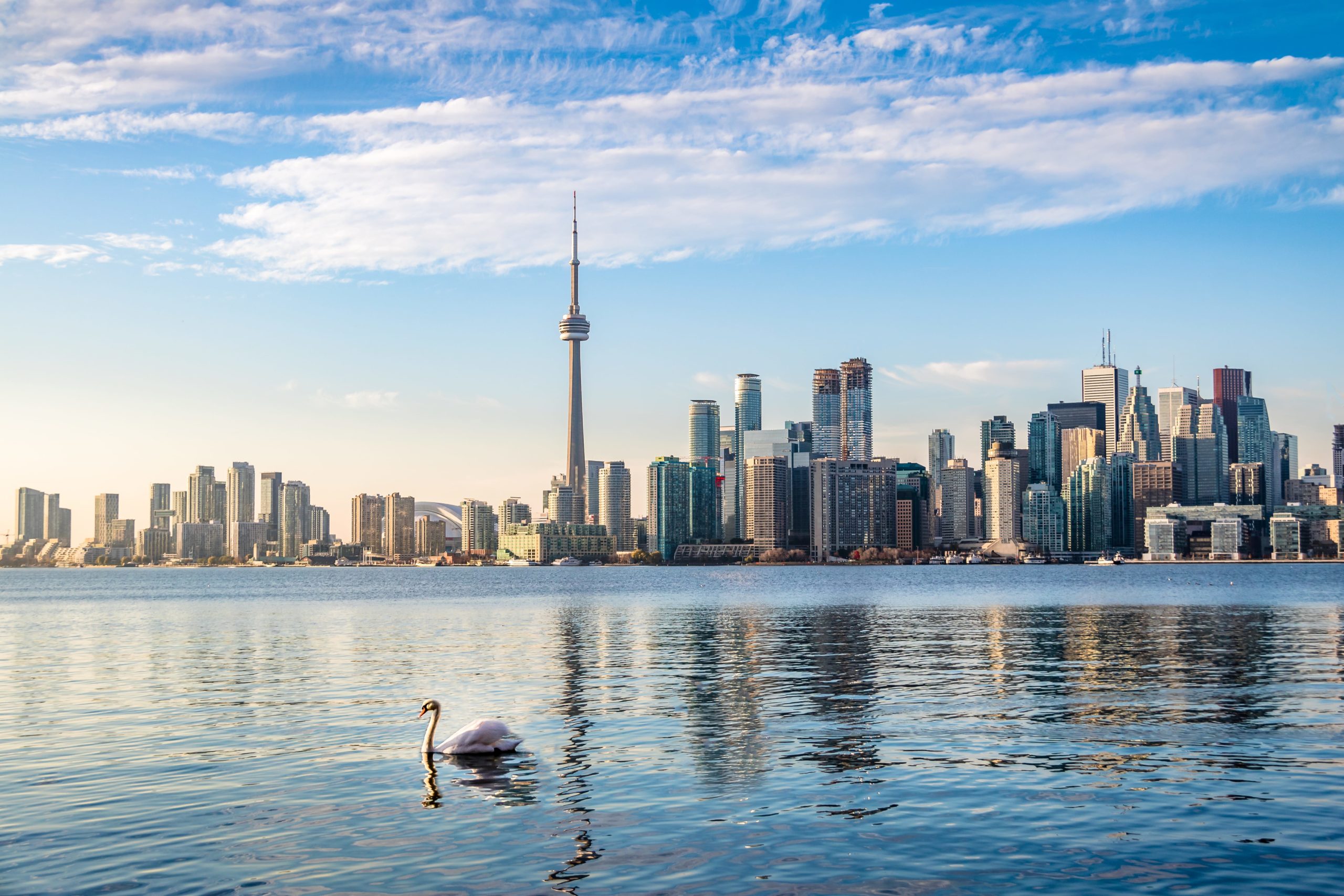As we approach the fall months, Hurricane season gets into full swing. This year, Hurricane Ian approached the southwestern side of Florida with more force than we have seen in years. As much as these are devasting events to families, communities, and the environment, it is essential to understand how and why storms form the way they do. Let’s look at the vital weather patterns that contribute to hurricane activity.
What causes hurricanes?
The three main components of the formation of a hurricane are warm water, warm air, and light winds at the top of the atmosphere. When warm air and warm water meets new cooler airflow, it produces condensation, which is heavy and falls back down towards the earth. At the same time, something called latent heat, which is new warm air, rises back into the atmosphere. The wind and temperature collision and the new air current soon form a circular, cyclonic pattern. The middle of the oceans is such a large-scale open environment that huge storms eventually form and travel extremely fast through the wind channels, leading them directly to the southeastern side of North America and the Caribbean.
Now let’s look at the key environmental impact hurricanes have on our ecosystems. Hurricanes, tornadoes, mudslides, and other natural disasters occur naturally in the environment. The planet does have its own system of recovering after a disaster. The faster the area can recover on its own, the more resilient the ecosystem. But the more important part of a resilient ecosystem is the balance of nutrients, native species, and natural systems that all work in harmony.
Unfortunately, we as humans are responsible for the most significant cause of disruption in an ecosystem’s resilience – the more we alter the landscape, the longer it will take to recover after a disaster. In addition to human disruptions to the landscape, climate change is another leading factor in why storms have been getting stronger and more frequent. Those two aspects combined are why storms have been getting worse over the years.
If not now, when? There’s not much we can do to stop natural disasters completely. Still, it is important to understand that the frequency and strength of storms are affected by human activity and pollution. One of the worst things humans have done for the environment disturbs the natural ecosystem and landscape. The more we disrupt and alter the planet, the weaker it becomes, resulting in a reduced ability to resist and recover from storms.










